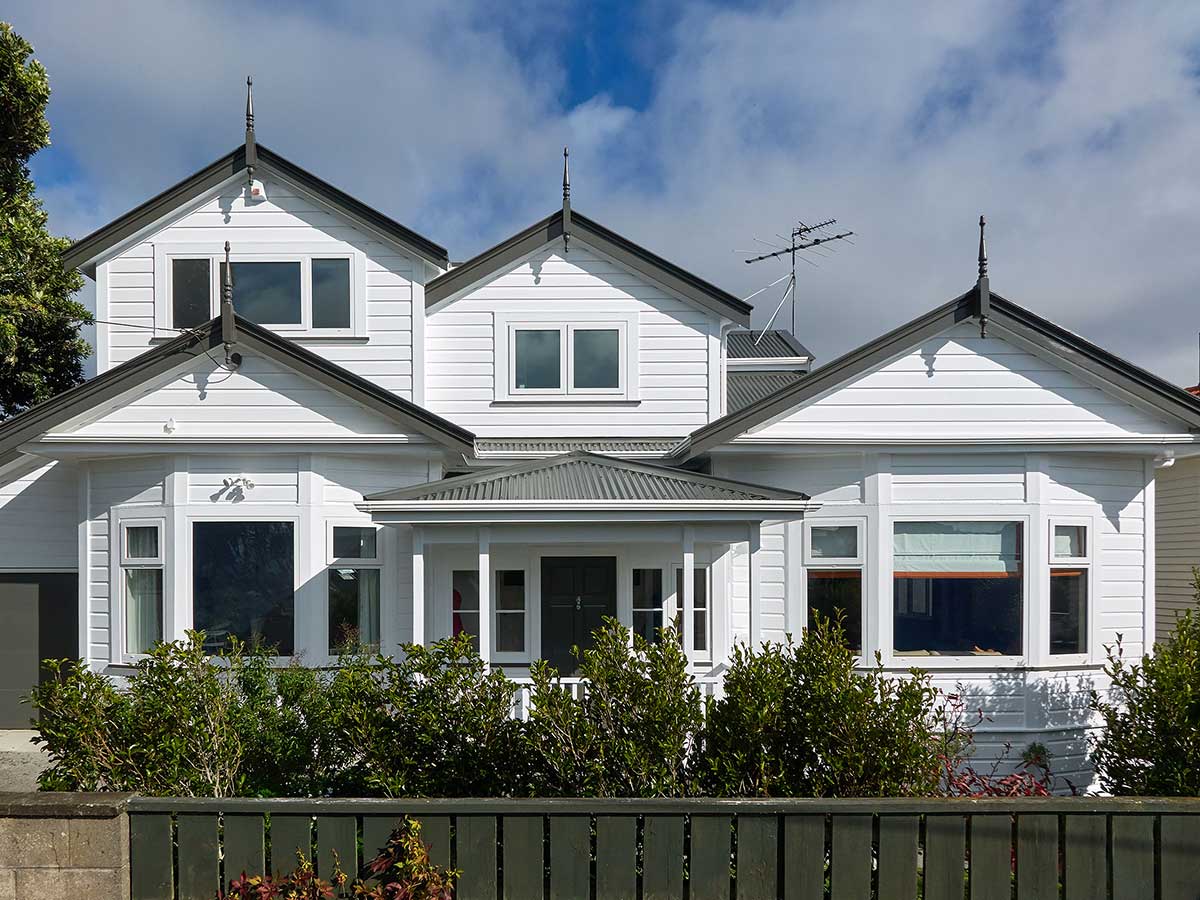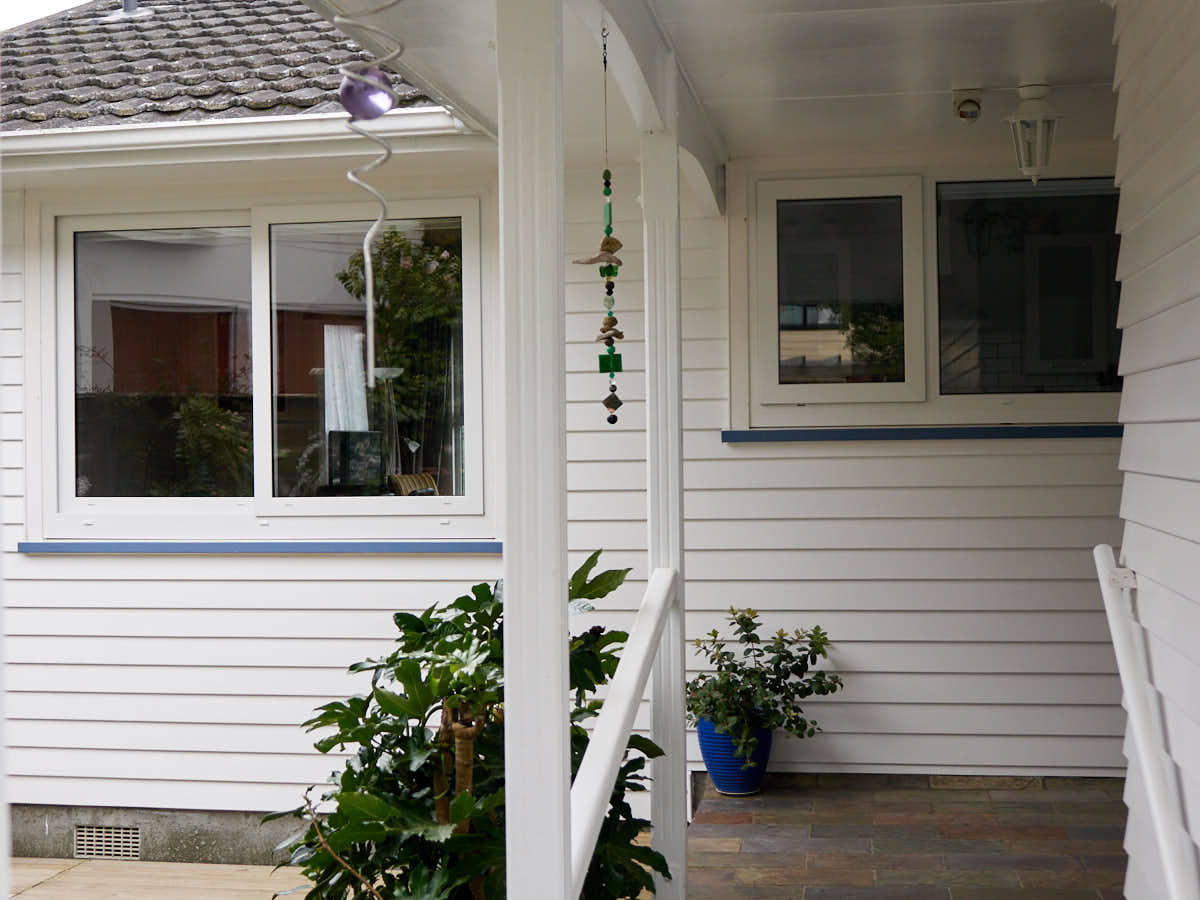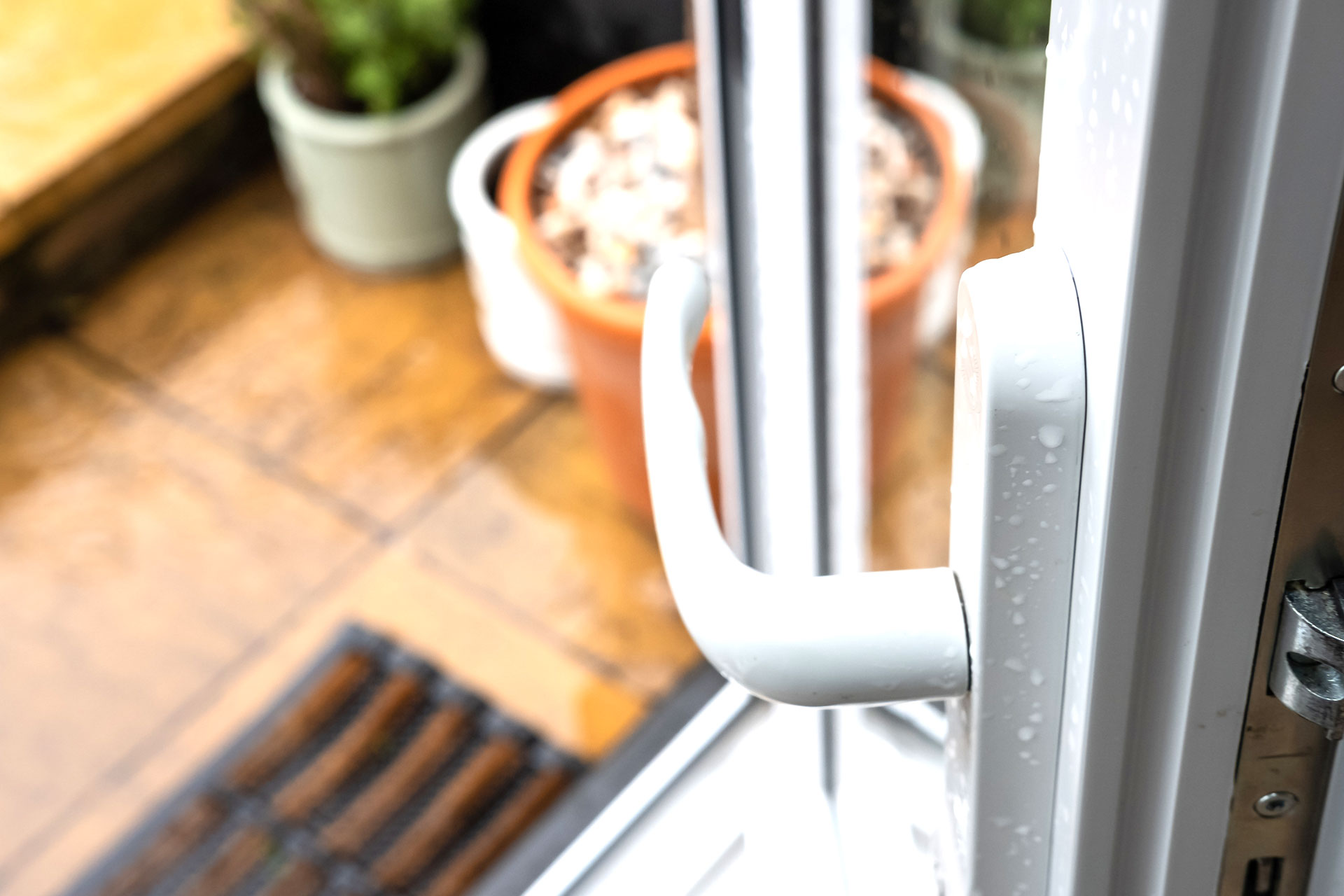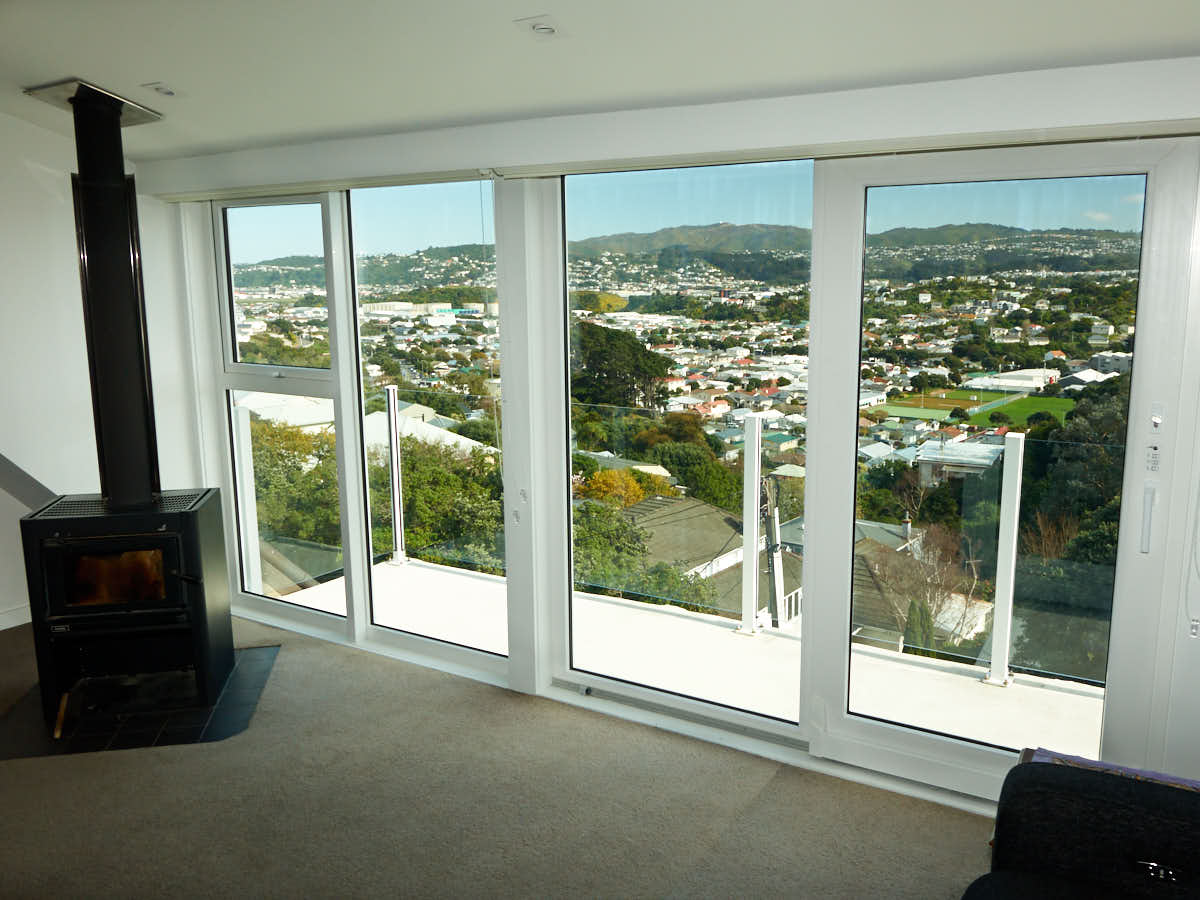HOW DOES UPVC COMPARE?
You may wonder why you should choose uPVC for your doors and windows rather than aluminium?
uPVC is a great material to use in your house as a joinery solution. However, there are several key differences between the materials, particularly in terms of performance, cost and look. Here is a break-down of the pros and cons of both, so you can make an informed decision.
uPVC Pros
HIGH PERFORMANCE
- Most thermally efficient, keeping you warm in winter and cool in summer
- High sound resistance, blocks out street noise up to 34dB reduction
- Can eliminate most condensation – depends on sources within your home
- Watertight and airtight
LIFE SPAN
- Lasts 40+ years, with no fading, corrosion, warping, and with minimal maintenance
PERFECT FOR WELLINGTON WIND
- Most joinery is rated to SED wind zones for 216kph wind
STRONG STRUCTURE
- Solid looking product
- Internal steel for strength and load bearing
- Welded corners
DOUBLE GLAZING
- Double glazed as standard
- Glazing thickness 23mm standard, out to 31mm and 41m with some frames
Handles a variety of glass types , like Obscure, Laminated and Low E
ADAPTABLE LOOK
- Fits any type of home, including character builds
R VALUE
- Standard R value of .41
- Viridian planitherm XN Low E Glass increases that to r.84
USED THROUGHOUT THE WORLD AS A JOINERY SOLUTION OF CHOICE
RECYCLABLE
- Recycled in Europe into new windows and doors
Aluminium Pros
GREAT LOOK
- Slim profile
- Large colour range and colour matching
- Easily formed into designer shapes, therefore fitting well into modern architecturally designed buildings
AFFORDABLE PRICE
- Standard aluminium is cheaper than uPVC. Thermally broken aluminium is similar in price.
EASY TO INSTALL
- As it has high installation tolerances
UPGRADABLE
- Old aluminium can be retrofitted with double glazing
uPVC Cons
LARGE SIZE
- uPVC frames are typically a larger profile in order to fit in all the technology that makes it so thermally efficient
LIMITED RANGE OF COLOURS
- The main colour used in New Zealand is white, although other colours are available at a higher price with a 3-6 month lead time as they must be specially imported.
THE ABOVE TWO CONS MEAN THAT THE LOOK OF UPVC MAY NOT BE RIGHT FOR CERTAIN PROJECTS
LIMITED RANGE OF WINDOW SHAPES
- PVC is harder to manufacture than aluminium, therefore harder to make into unique shapes
NOT AS WELL KNOWN IN THE MARKET PLACE BY CONSUMERS OR ARCHITECTS
BAD REPUTATION IN SOME QUARTERS BASED ON EARLY ATTEMPTS TO INTRODUCE TO THE NZ MARKET PLACE
Aluminium Cons
LOW PERFORMANCE
- No thermal efficiency, meaning the cold and heat transfer easily through the joinery, making the frames either hot or cold to touch, depending on the outside weather
- Condensation forms easily on frames and glass
- Transmits noise easily
SHORT LIFE SPAN
- Pitting and corrosion are an issue
- Colour fade
- Corners of frames (mitres) often pull apart over time.
REDUCED SECURITY
- Easy to pull rubber out and remove the glass from the outside
LOOK DOES NOT FIT THE CHARACTER OF OLDER HOUSES
R-VALUE
- Old Aluminium typically around r.16
Newer thermally broken aluminium around r.25





